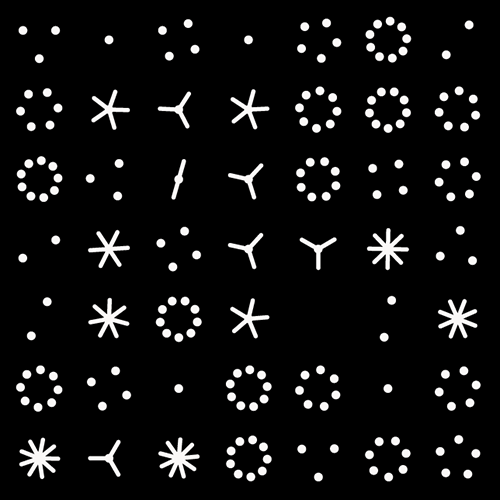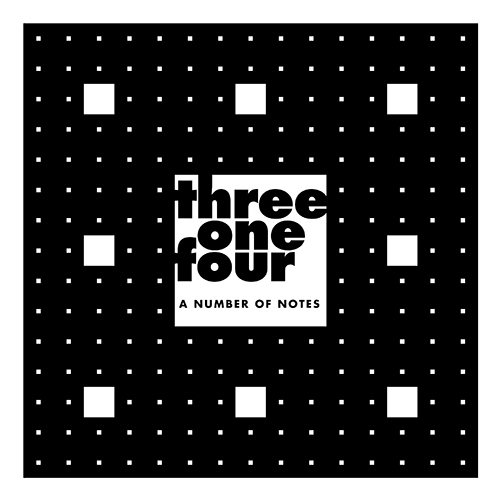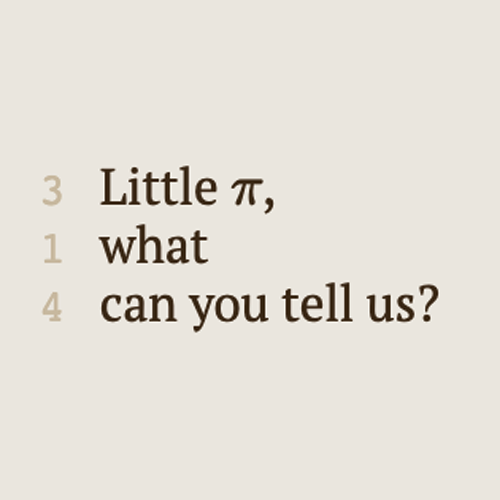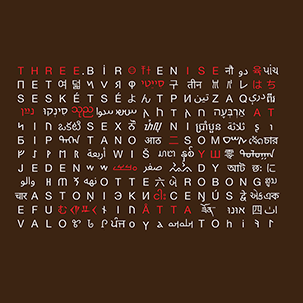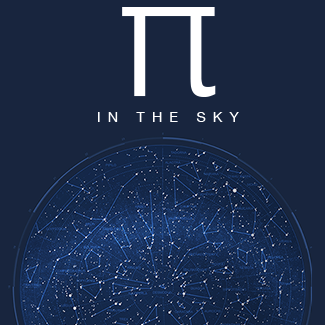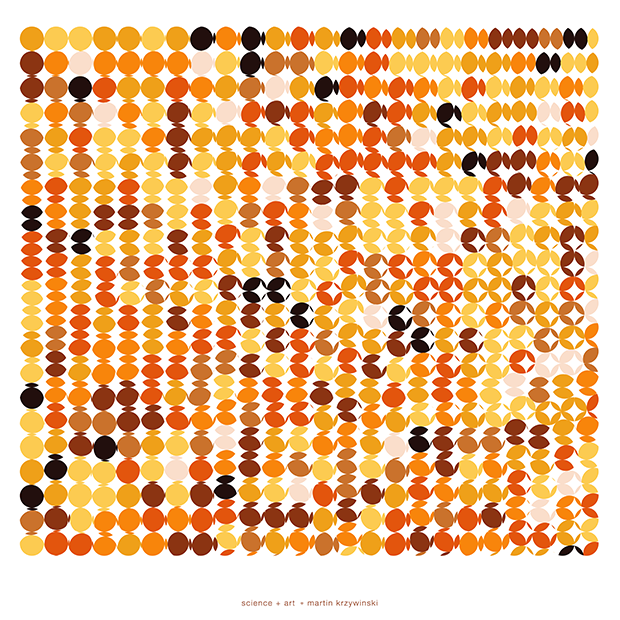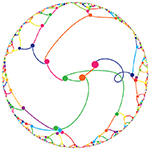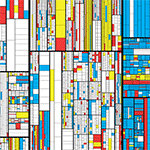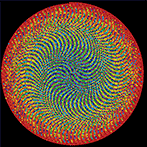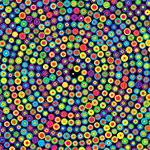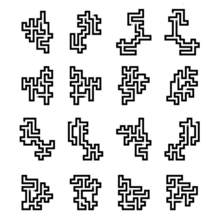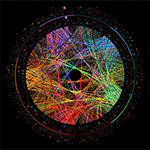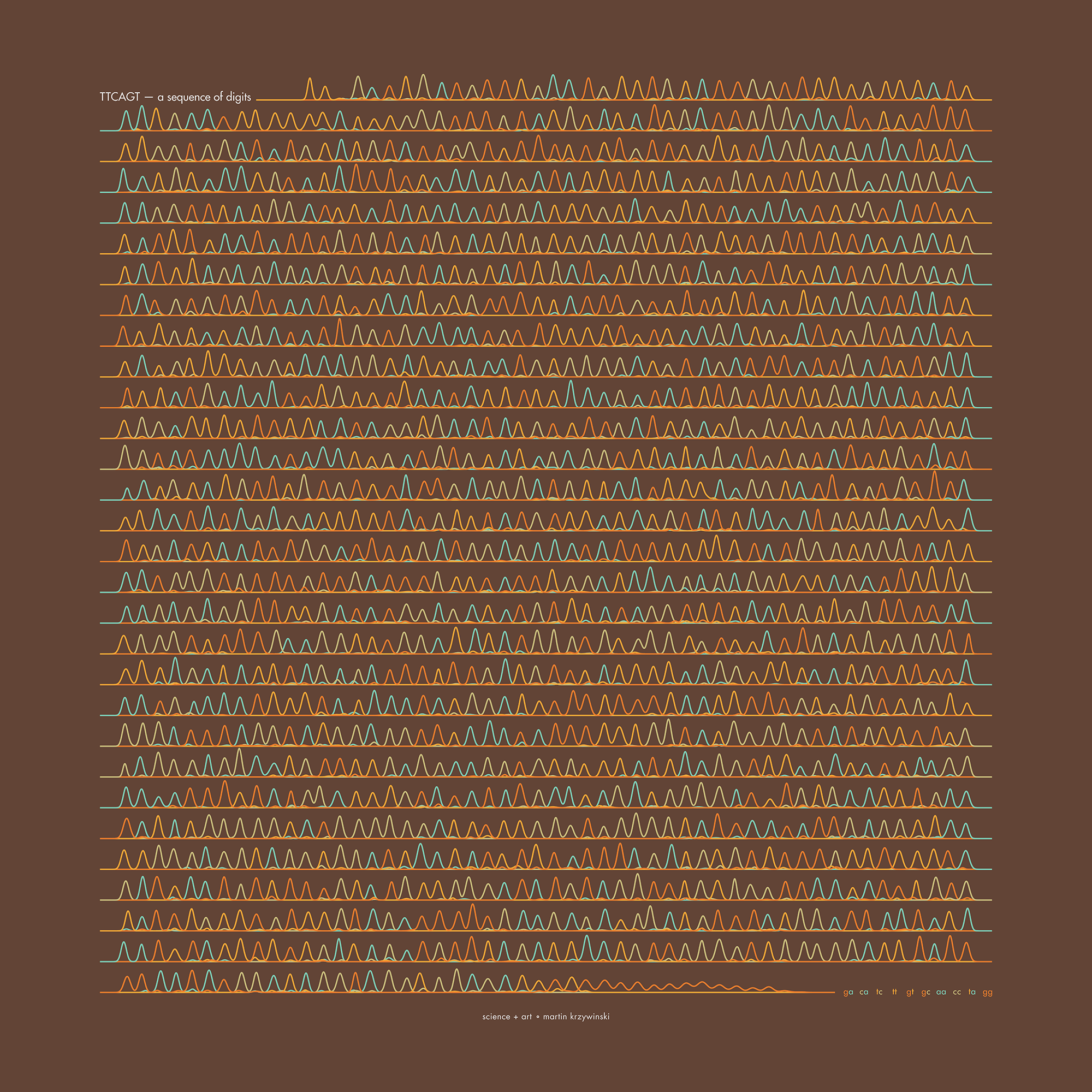 buy artwork
buy artwork
`\pi` Day 2020 Art — Digits, poetically.
On March 14th celebrate `\pi` Day. Hug `\pi`—find a way to do it.
For those who favour `\tau=2\pi` will have to postpone celebrations until July 26th. That's what you get for thinking that `\pi` is wrong. I sympathize with this position and have `\tau` day art too!
If you're not into details, you may opt to party on July 22nd, which is `\pi` approximation day (`\pi` ≈ 22/7). It's 20% more accurate that the official `\pi` day!
Finally, if you believe that `\pi = 3`, you should read why `\pi` is not equal to 3.
Welcome to this year's celebration of `\pi` and mathematics. Among the chaos of COVID-19, this year `\pi` Day celebrations are short poetic emissions I call “piku”. They are brief pauses for the time.
Start by reading how piku are constructed and then browse submitted piku. Consider participating by submitting your own piku. All you need is a pen and a few (small) words. Very therapeutic.
But if the words here don't help, immerse yourself in my coronavirus art. It's quite catching.
If you enjoy poetry and words, see how I convert spam into poems in the style of ee cummings and if you like to see words arrange on page, look through my typographic art.
You may know the haiku (俳句) as a short three line poem whose lines traditionally have 5, 7 and 5 syllables (specifically, morae or phonetic sounds).
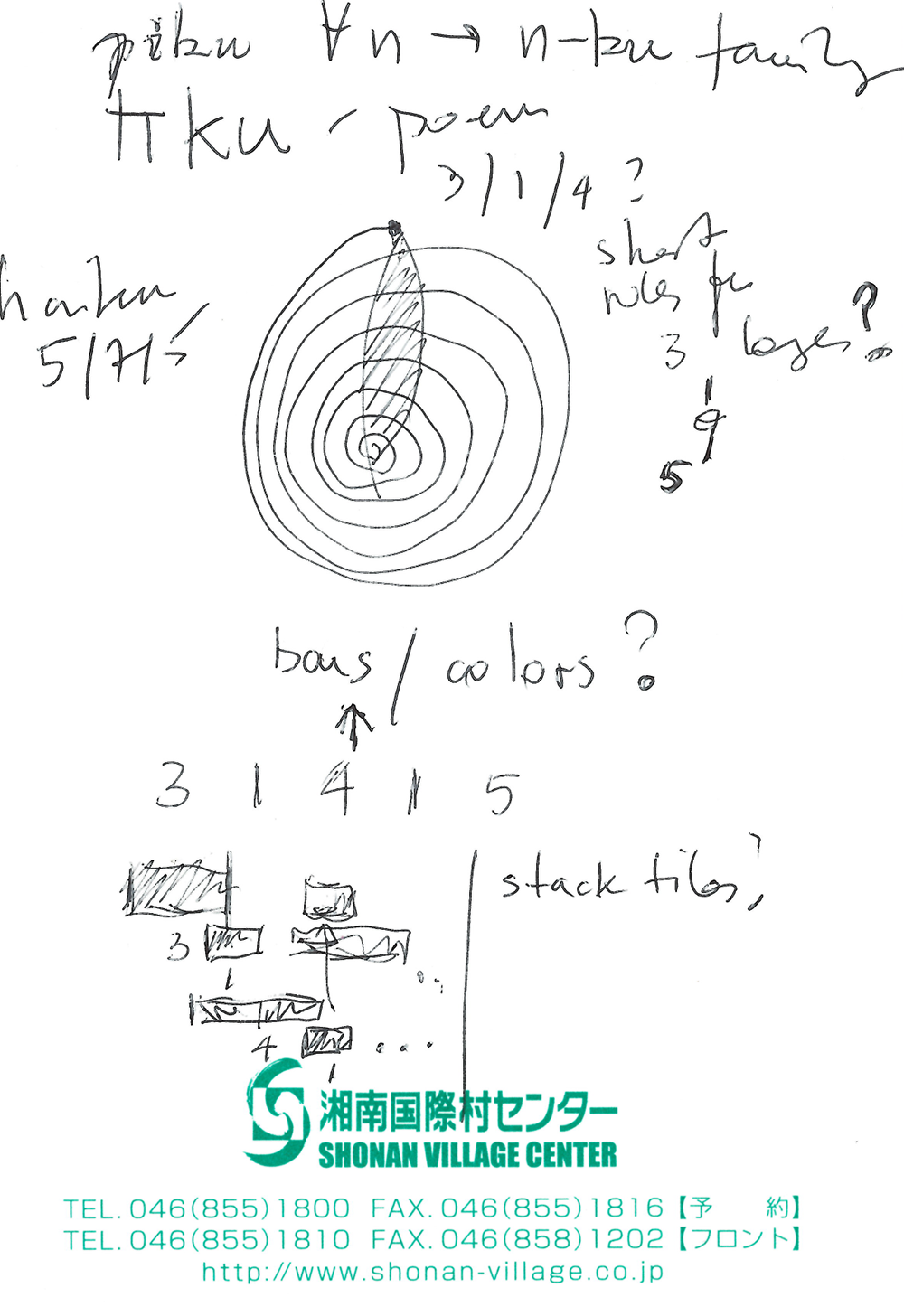
On a recent trip to Japan I was looking to my environment for inspiration for this year's `\pi` Day. I also really wanted a scheme that would allow people to contribute to the art so that everyone could be both a participant and an audience.
After scribbling for a little bit (or a long while), I came up with the idea of a piku (`\pi`ku, パイク). Analogously to a haiku, the piku is poem whose structure is constrained. But in this case, the constraints are the digits of `\pi` itself.
The piku
The simplest piku is a 3 phrase poem with 3, 1 and 4 syllables, respectively. Perhaps the most trivial piku is just the list of digits.
Specifically, Haiku count the number of phonetic sounds which isn't always the same as syllables. For example, the word "any" has two such sounds: a-ny.
If you're interested in how the counting of sounds is done in Japanese, read about marking time and beats in Haiku.
But a more fun one would be
Longer words can be used, of course. But watch out for the lines that require a single syllable.
You can use hyphenation to work around the syllable count.
plural of piku is piku
Piku is singulare tantum—its plural form is the same as its singular.
This is because its inspiration is the haiku and in Japanese nouns do not have different singular and plural forms,
Longer piku
In general, a piku may have more than 3 lines. This reflects the fact that the digits of `\pi` do not terminate.
The endless piku is just waiting to be written. Well... started, at least.
Handling zeros
The digit zero is a line with no syllables and corresponds to a compulsory verse break. But because the first zero in `\pi` is at digit 33, you wouldn't see a verse break for a while.
Therefore, you're free to introduce a verse break anywhere in the piku (this does not use up a digit). For example,
Generalizing the piku — the nku
Any number, `n`, has its own nku. The rules for its construction are the same: each digit generates a line with corresponding number of syllables.
For example, the haiku is an nku for `n = 575`.
The year of your birth has an nku—you might want to try composing one to reflect on your origins.
In fact, any date (e.g. DDMMYYYY) can be made into an nku. This year's `\pi` date in this format is 14032020 and here's one possible nku.
The trailing zero in the number creates a verse break at the end of a poem. This can be ignored or used to generate a blank line if the poem is set with other text on the page.
Beyond Belief Campaign BRCA Art
Fuelled by philanthropy, findings into the workings of BRCA1 and BRCA2 genes have led to groundbreaking research and lifesaving innovations to care for families facing cancer.
This set of 100 one-of-a-kind prints explore the structure of these genes. Each artwork is unique — if you put them all together, you get the full sequence of the BRCA1 and BRCA2 proteins.
Propensity score weighting
The needs of the many outweigh the needs of the few. —Mr. Spock (Star Trek II)
This month, we explore a related and powerful technique to address bias: propensity score weighting (PSW), which applies weights to each subject instead of matching (or discarding) them.
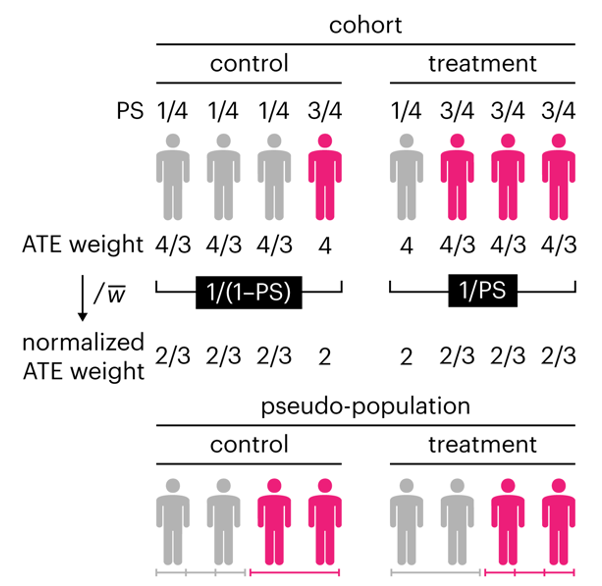
Kurz, C.F., Krzywinski, M. & Altman, N. (2025) Points of significance: Propensity score weighting. Nat. Methods 22:1–3.
Happy 2025 π Day—
TTCAGT: a sequence of digits
Celebrate π Day (March 14th) and sequence digits like its 1999. Let's call some peaks.
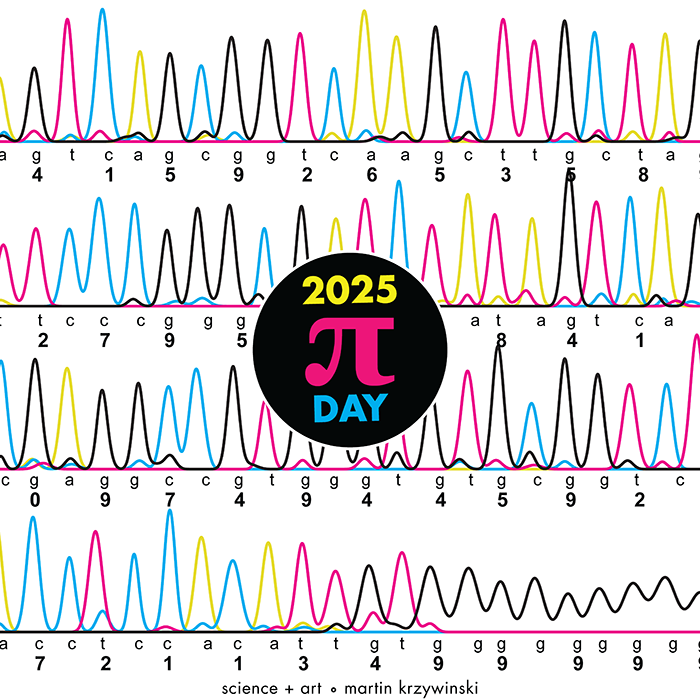
Crafting 10 Years of Statistics Explanations: Points of Significance
I don’t have good luck in the match points. —Rafael Nadal, Spanish tennis player
Points of Significance is an ongoing series of short articles about statistics in Nature Methods that started in 2013. Its aim is to provide clear explanations of essential concepts in statistics for a nonspecialist audience. The articles favor heuristic explanations and make extensive use of simulated examples and graphical explanations, while maintaining mathematical rigor.
Topics range from basic, but often misunderstood, such as uncertainty and P-values, to relatively advanced, but often neglected, such as the error-in-variables problem and the curse of dimensionality. More recent articles have focused on timely topics such as modeling of epidemics, machine learning, and neural networks.
In this article, we discuss the evolution of topics and details behind some of the story arcs, our approach to crafting statistical explanations and narratives, and our use of figures and numerical simulations as props for building understanding.

Altman, N. & Krzywinski, M. (2025) Crafting 10 Years of Statistics Explanations: Points of Significance. Annual Review of Statistics and Its Application 12:69–87.
Propensity score matching
I don’t have good luck in the match points. —Rafael Nadal, Spanish tennis player
In many experimental designs, we need to keep in mind the possibility of confounding variables, which may give rise to bias in the estimate of the treatment effect.
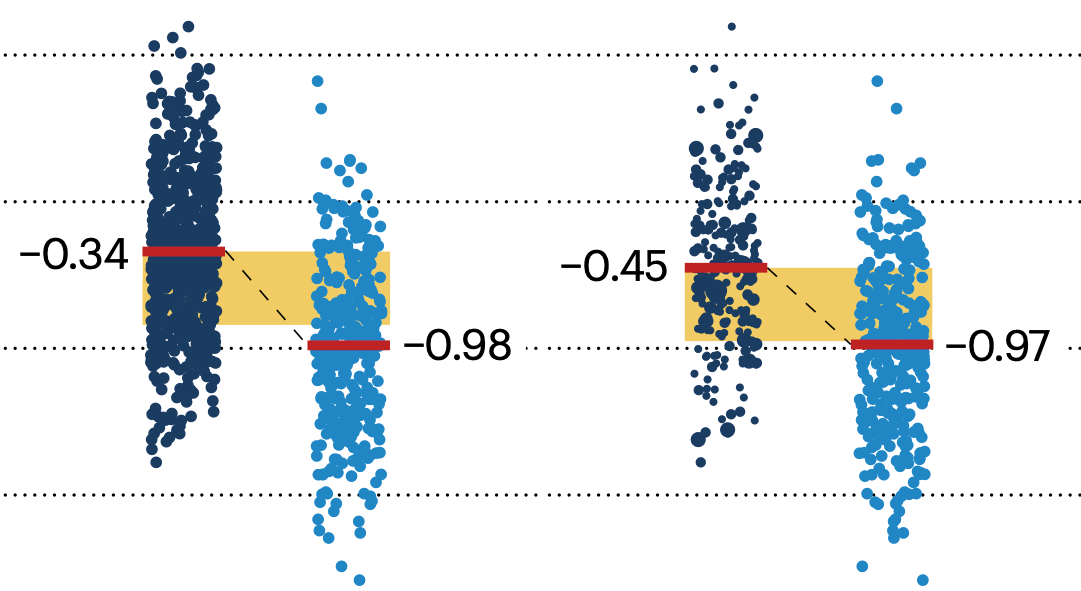
If the control and experimental groups aren't matched (or, roughly, similar enough), this bias can arise.
Sometimes this can be dealt with by randomizing, which on average can balance this effect out. When randomization is not possible, propensity score matching is an excellent strategy to match control and experimental groups.
Kurz, C.F., Krzywinski, M. & Altman, N. (2024) Points of significance: Propensity score matching. Nat. Methods 21:1770–1772.
Understanding p-values and significance
P-values combined with estimates of effect size are used to assess the importance of experimental results. However, their interpretation can be invalidated by selection bias when testing multiple hypotheses, fitting multiple models or even informally selecting results that seem interesting after observing the data.
We offer an introduction to principled uses of p-values (targeted at the non-specialist) and identify questionable practices to be avoided.
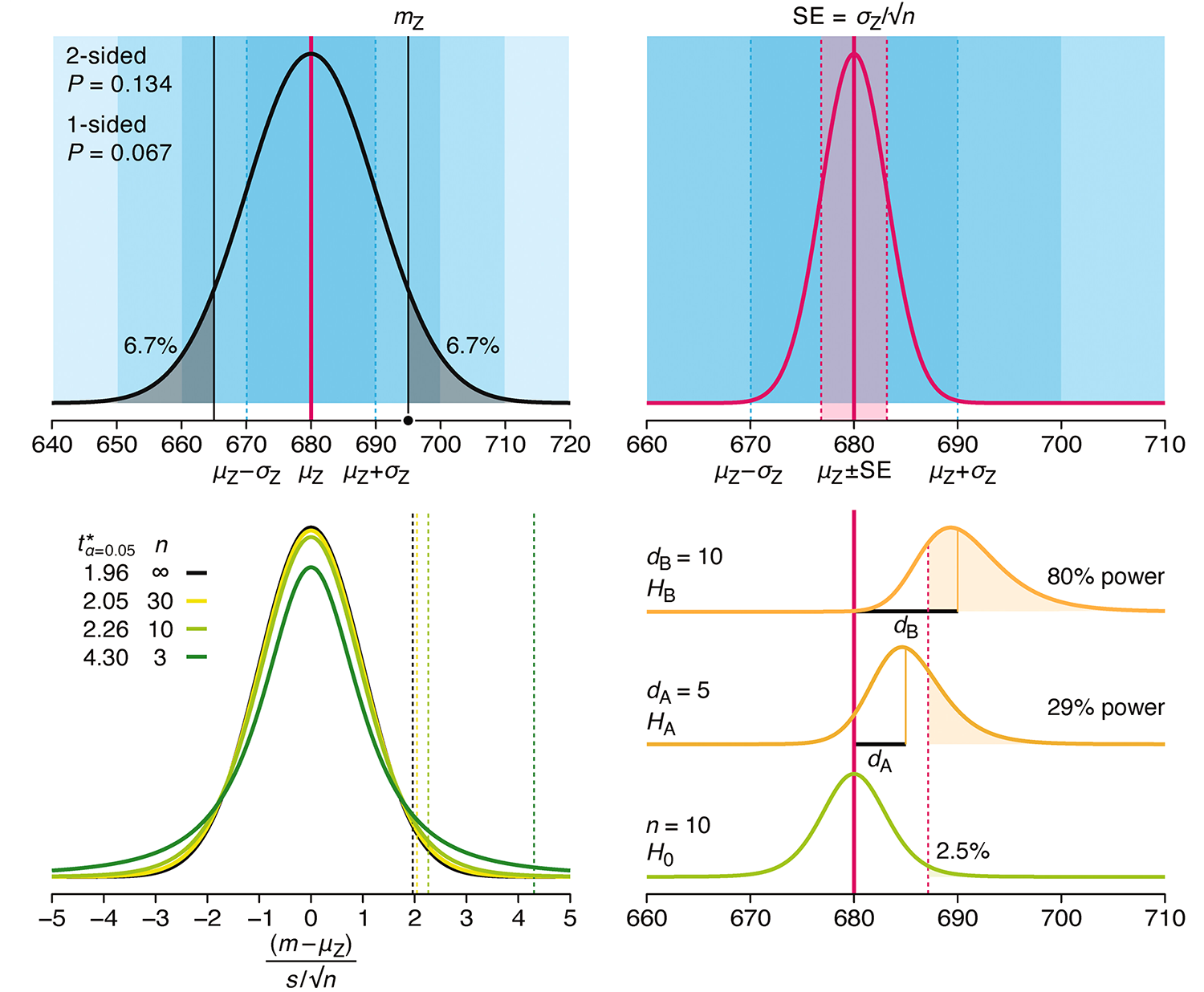
Altman, N. & Krzywinski, M. (2024) Understanding p-values and significance. Laboratory Animals 58:443–446.
